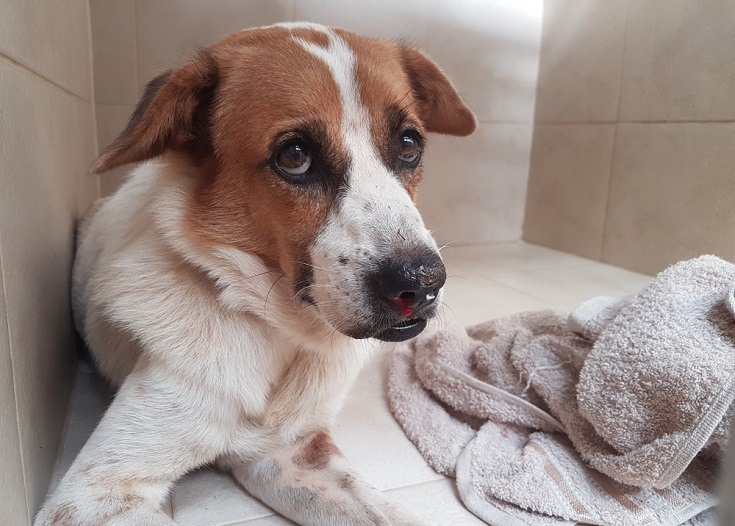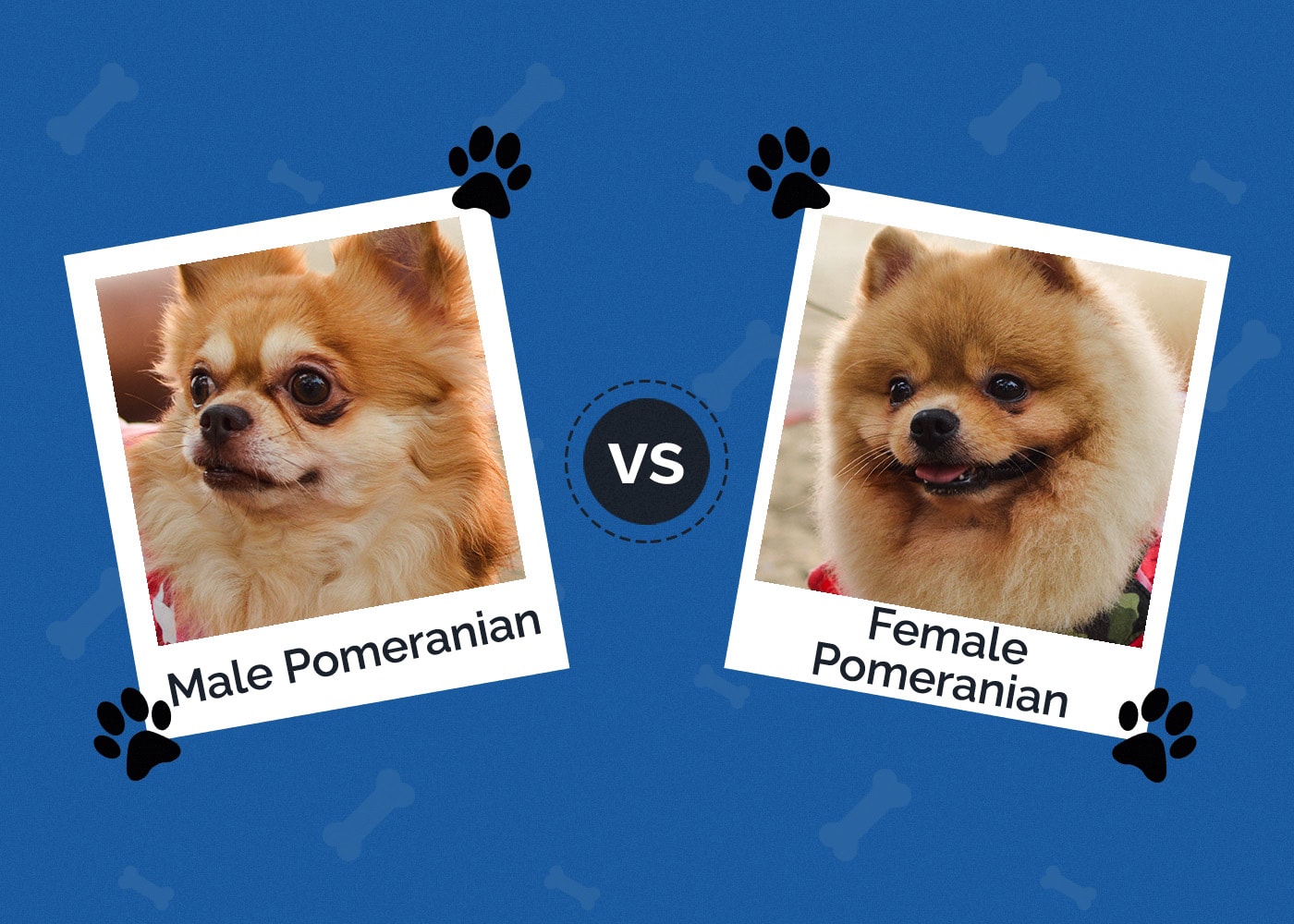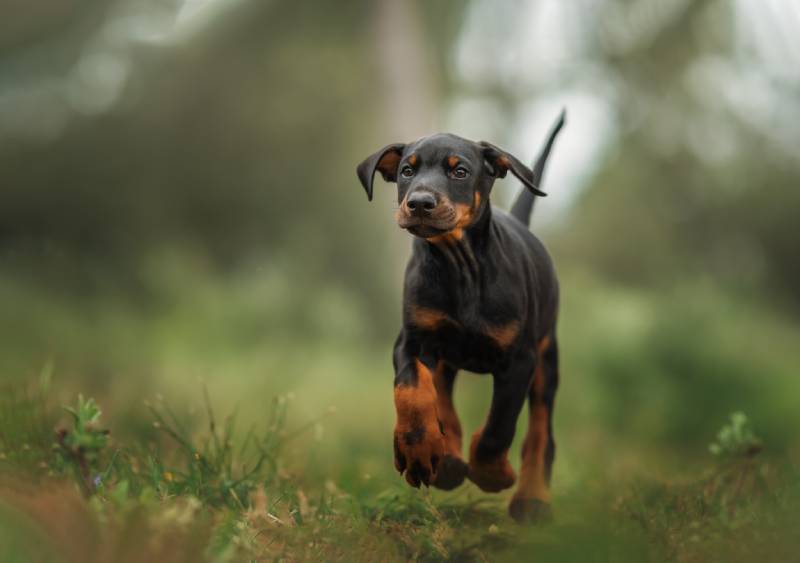Newfoundland Great Pyrenees Mix: Pictures, Care Guide, Temperament & Traits
By Ashley Bates
Updated on
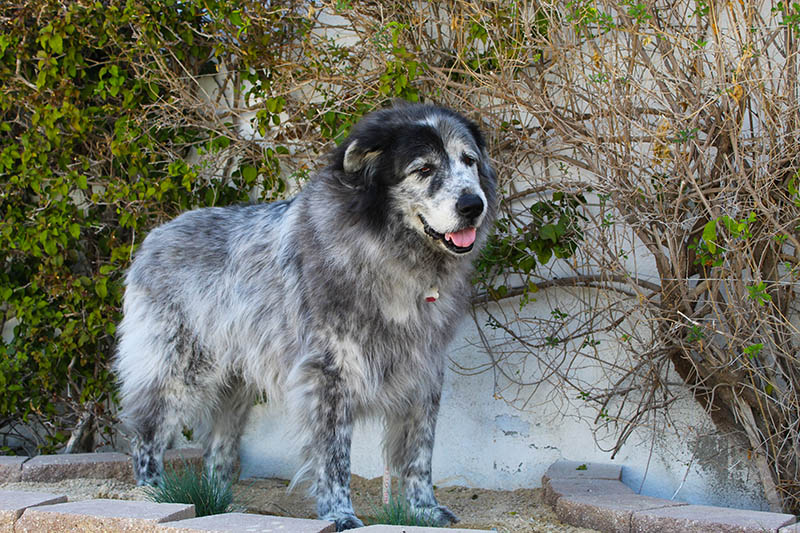
Click to Skip Ahead
If you were looking for a large dog that is calm, cool, and collected, the Great Pyrenees and Newfoundland have both certainly come across your path. If you’ve seen this mix at a rescue or shelter, or just wonder what the offspring of both breeds would be like, this article can answer any questions that you might have.
Breed Overview
| Height: | 27–34 inches |
| Weight: | 100–150 pounds |
| Lifespan: | 8–12 years |
| Colors: | White, tan, red, gray, badger, black, black and white, brown |
| Suitable for: | Homes in the country, farms, growing families |
| Temperament: | Intelligent, watchful, pairs well with children |
The Newfoundland Great Pyrenees mix will be one big dog once they are fully grown. Their puppies likely look like fluffy little bears, and you’re sure to fall in love with how adorable they are. But since this mixed breed isn’t as common, it’s for the best that you’re researching both parent breeds as well to ensure this dog is the right pick for your lifestyle. That way, you can get a more in-depth look at the individual breeds and their characteristics.
Newfoundland Great Pyrenees Characteristics
Newfoundland Great Pyrenees Puppies
https://www.instagram.com/p/CKYFLAyA1Hj/
Before even bringing home your puppy, you need to make sure you have all of the necessary supplies to get you started. Bringing a puppy home is a big commitment, and having all the right products on hand will make your life easier and keep your puppy happy and healthy.
The Newfoundland Great Pyrenees mix will get big quickly and requires a proper diet and exercise regimen to develop appropriately. Make sure to give your puppy lots of socialization with other animals and people so they become well-rounded, accepting, and well-behaved dogs.
Beware of Backyard Breeders
The Newfoundland Great Pyrenees mix is considered a mutt, meaning it comes from two different purebreds. This hybrid is not a standard in the designer dog world either. Even though they might make a big cuddly teddy bear-style dog, there aren’t any breeding regulations.
These dogs are not able to be registered by any kennel club or similar organization. If you find a Great Pyrenees Newfoundland mix, the chances are that it was an accidental litter or people are trying to breed dogs for profit.
If you suspect backyard breeding, your best bet is to steer completely clear of this person. People who have treated the dogs well will not hesitate to show pictures, give information, and answer any questions potential owners might have.
If someone seems pushy with a sale or won’t let you see the puppy before purchasing, these can all be red flags that something isn’t right. Backyard breeding produces pups with poor temperament and potential health issues as well. Try your best not to support backyard breeding if you suspect it.
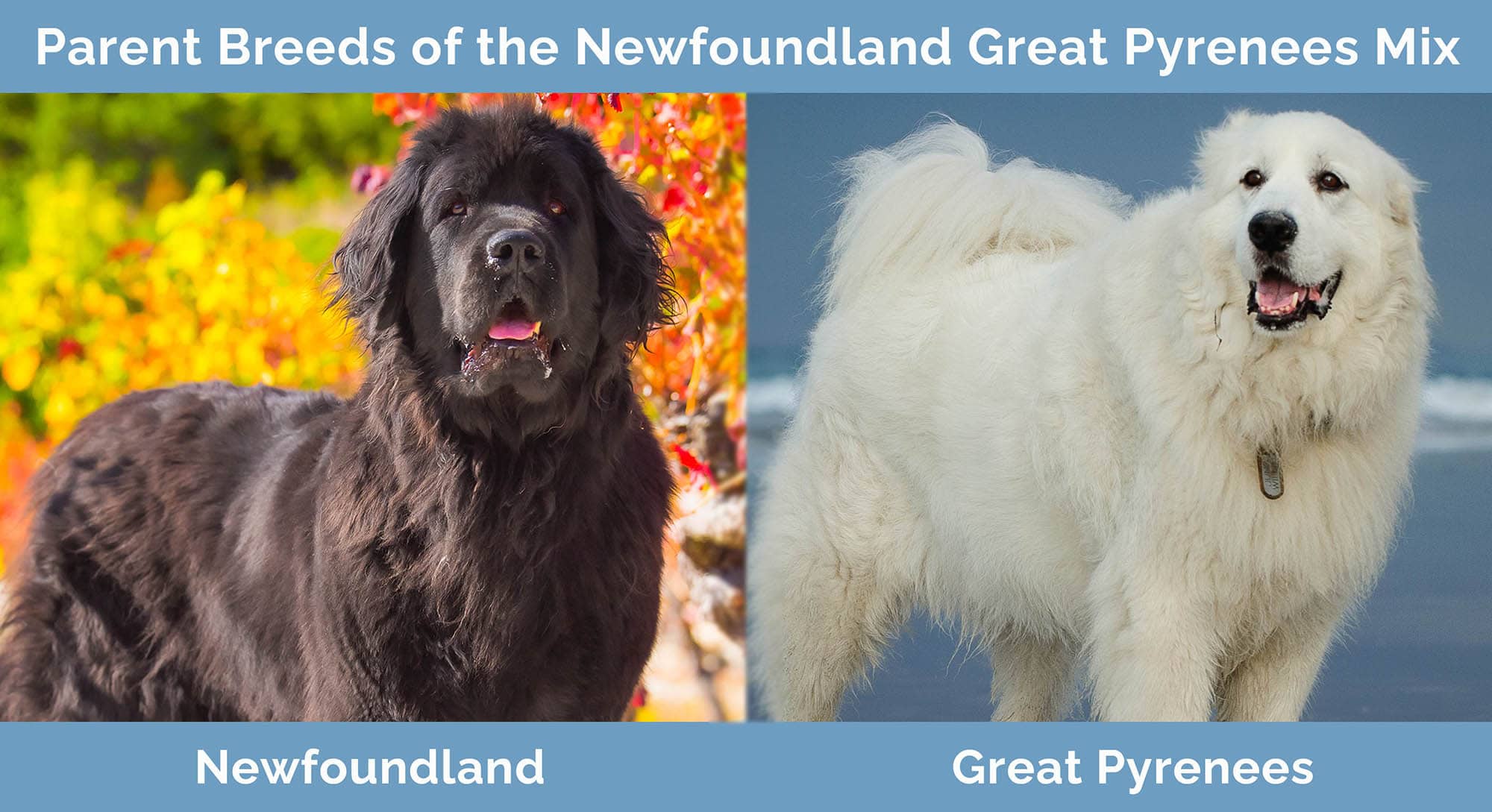
Temperament & Intelligence of the Newfoundland Great Pyrenees Mix
You couldn’t choose a better temperament for a breed if you’re looking for a highly affectionate and super agreeable dog. These dogs are the perfect combination of intelligent, gentle, and useful.
They will absolutely love having a job to do, feeling like they’re doing their part around the house. Because of both parents’ breed natures, Great Pyrenees Newfoundland mixes do their very best when they have a job, and many prefer being outside.
These dogs are ideal companions if you have a lot of land or space to run around. They will meander about the property, making sure all is well and enjoying the weather. Because of their thick, well-equipped coats, they will do best in colder temperatures as well.
You might find that your Great Pyrenees Newfoundland mix would prefer to be outside. So, if you don’t live in a situation where you can ensure they get enough outside playtime, finding other appropriate outlets for them is crucial.
Are These Dogs Good for Families? 👪
The Newfoundland Great Pyrenees mix is a fabulous addition to growing families. Even though you should never leave a dog unattended with a small child, these dogs tend to be very patient and aware of their surroundings.
As puppies, it can take them a while to grow into their feet, but as adults, these dogs are usually wonderful with small children. Because of their large size, willingness to explore the great outdoors, and exercise requirements, these dogs work best in homes with access to the outside at all times. This might eliminate apartments, high-rises, and city dwellings.
Because of their large size, they might not be compatible with older adults or folks with disabilities. Even if this dog did not mean to knock over or hurt anyone, they could easily do so based on size alone.
Does This Breed Get Along With Other Pets? 🐶 😽
Many select breeds like this to look after livestock or guard the home’s perimeter. They are extremely efficient at the task, and their size tends to intimidate potential predators. This dog takes their guard duties very seriously but usually gets along great with strangers and other animals and pets.
The Great Pyrenees Newfoundland mix will be a highly agreeable pup that makes a friend out of just about anything and anyone. Both parent breeds have quite low prey drives, and they’re actually quite protective of smaller animals on the farm, including chickens, ducks, and geese.
Things to Know When Owning a Newfoundland Great Pyrenees Mix:
Food & Diet Requirements 🦴
Because both parent breeds are extremely large and heavy, they require a nutrient rich, high protein recipe, despite what type of dog food you feed them. You can choose between dry kibble or wet, canned food, or even give them a combination.
Or, you can opt for a fresh food subscription-based service that delivers meals right to your door. With the help of your veterinarian, you can come up with the right combination that suits your dog best.
Keep in mind that these dogs eat a lot! Since they are a very large breed, food is certainly an expense you want to take into consideration before purchasing.
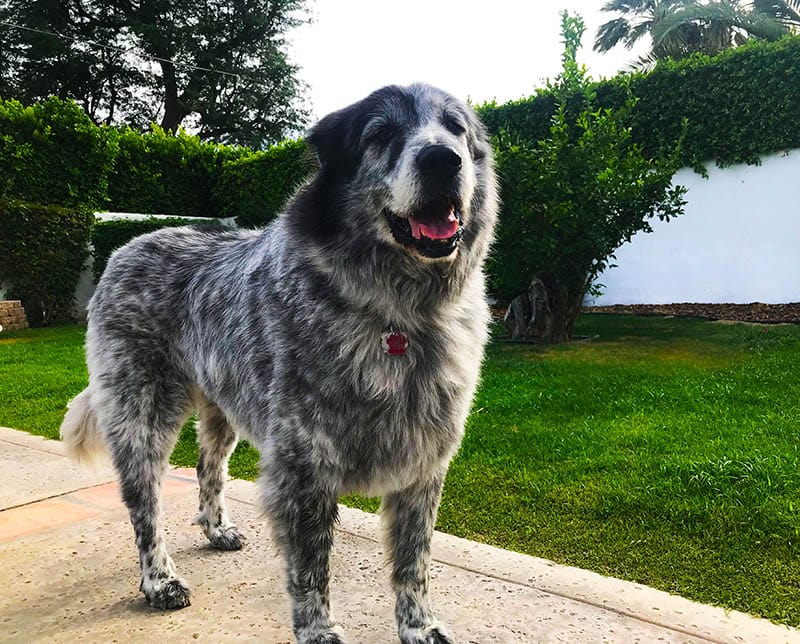
Exercise 🐕
Both parent breeds are dogs that require a moderate amount of exercise. Because of their size and heavy structure, training or activities that require a great deal of speed can be taxing on their bodies. It’s best to be easy on the joints, especially as puppies when their bone structure is forming.
These dogs will quite enjoy leisurely strolls and low-intensity games. They are quite happy with between 30 minutes to 1 hour of exercise daily.
If you leave these dogs unattended in a fenced-in yard, make sure all points are secure. These dogs are notorious for being able to scale fences, so they will require a tall and strong security system.
Training 🎾
Both the Newfoundland and the Great Pyrenees are exceptionally receptive to training. They are eager to please and very obedient, creating a pooch that is easy to work with. Because of their breed history, they take their guard duties very seriously.
These dogs could easily be trained to guard livestock or your home. While they aren’t necessarily aggressive, they are very protective and loving towards their families. This creates a willingness to please in the temperament, making training that much easier.
If you find that you are having trouble making waves during training, you can always opt for professional help. If you go through an obedience training course, you can have a well-mannered pooch, and you could learn a few things yourself.
Grooming ✂️
Grooming can be challenging for these pups, as they tend to shed a lot and require extensive brushing. While they don’t need fancy haircuts, they will need daily brushing to deep clean the coat and remove any excess shed, preventing it from getting onto your furniture and belongings.
Also, because of their coat length and thickness, they are prone to mats and tangling. To keep up, you should get a vast selection of grooming tools, such as slicker brushes, combs, and de-shedding tools.
Like any other dog, your Great Pyrenees Newfoundland mix will require a good scrub down every 4 to 6 weeks. With their long, thick coats and challenging size, it could be quite tricky to bathe them at home. You can try to be brave enough to do the job at home, or you can take them to a professional groomer for assistance.
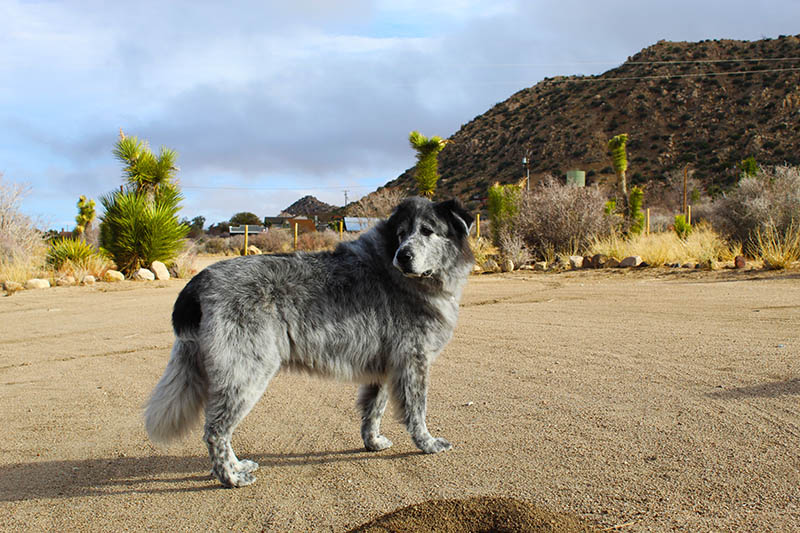
Health and Conditions 🏥
Both the Great Pyrenees and Newfoundland are relatively healthy dogs. However, typically with mixed breeds, there is a lack of genetic testing to be sure that no health issues plague either parent.
Your best bet to get ahead of any developing issues is to take them to the vet on a timed schedule. During the first year of life, your puppy will get to know their vet quite well, going in for shots, parasite prevention, growth monitoring, microchipping, and spay and neuter surgery.
After that, if your dog is healthy, they would see their vet yearly for a standard checkup and updated vaccines.
As we mentioned above, both parent breeds are relatively healthy, but certain genetic factors can pop up.
- Infection
- Arthritis
- Bladder stones
- Hip and elbow dysplasia
- Luxating patella
- Neurological disorders
- Cancer
- Bloat
Male vs Female
The Newfoundland Great Pyrenees mix might vary a little in terms of size. However, these dogs are extremely similar, meaning you’ll get a giant-sized dog with a similar structure.
Because they are mixed, males might not always be substantially larger than females. Great Pyrenees tend to be slightly larger than their Newfoundland counterparts. Also, personalities tend to not be different based on sex alone.
However, the boys are slower to mature and less receptive to training through their juvenile stages. Females might be a little more focused and turn out to be very maternal.
3 Little-Known Facts About the Newfoundland Great Pyrenees Mix
1. The Great Pyrenees and Newfoundland are from different parts of the world.
The Great Pyrenees and Newfoundland are from completely different parts of the world. The Great Pyrenees hails from France and Spain, while the Newfoundland comes from Canada.
2. The Newfoundland and Great Pyrenees have different duties.
The Newfoundland was a dog bred in Canada as a draft animal to assist Canadian fishermen. The Great Pyrenees was a livestock guardian on snowy mountaintops.
3. Newfoundlands and Great Pyrenees look similar.
This particular breed combination has a lot more in common than some hybrids. Both parent breeds are large, loyal, affectionate dogs that love the great outdoors. So, when it comes to possibilities, even though they can vary slightly, you can get a great idea of what to expect from these dogs as adults just by looking at the parent breeds.
Conclusion
The Newfoundland Great Pyrenees mix can be an amazing addition to many families. However, because of their size and lifestyle requirements, they might not be the right fit for everyone.
We are so happy you’ve chosen to research the breed you are interested in to make sure that you both are a good fit for one another. Compatibility is such a huge factor, so we hope we’ve made the match that much easier with this guide.
Featured Image Credit: Dakota Michelon, Shutterstock





